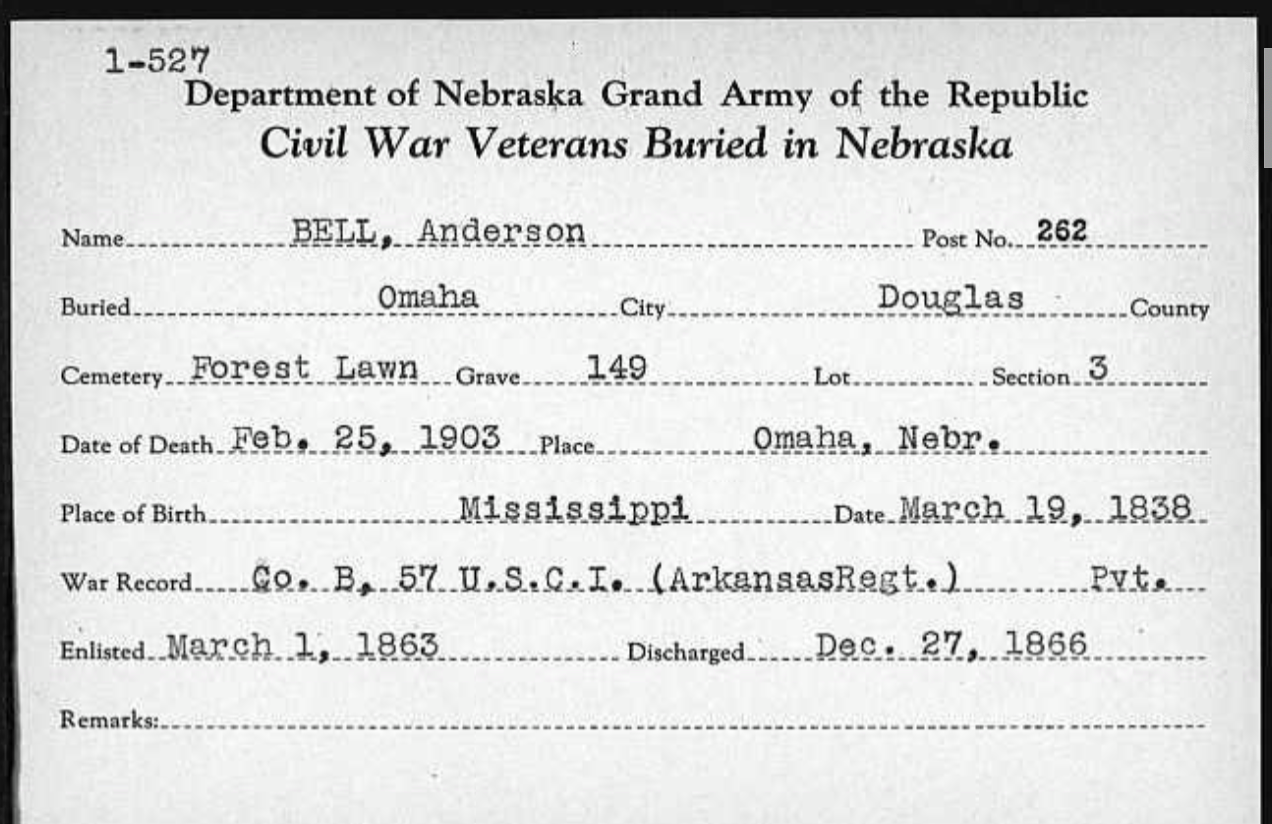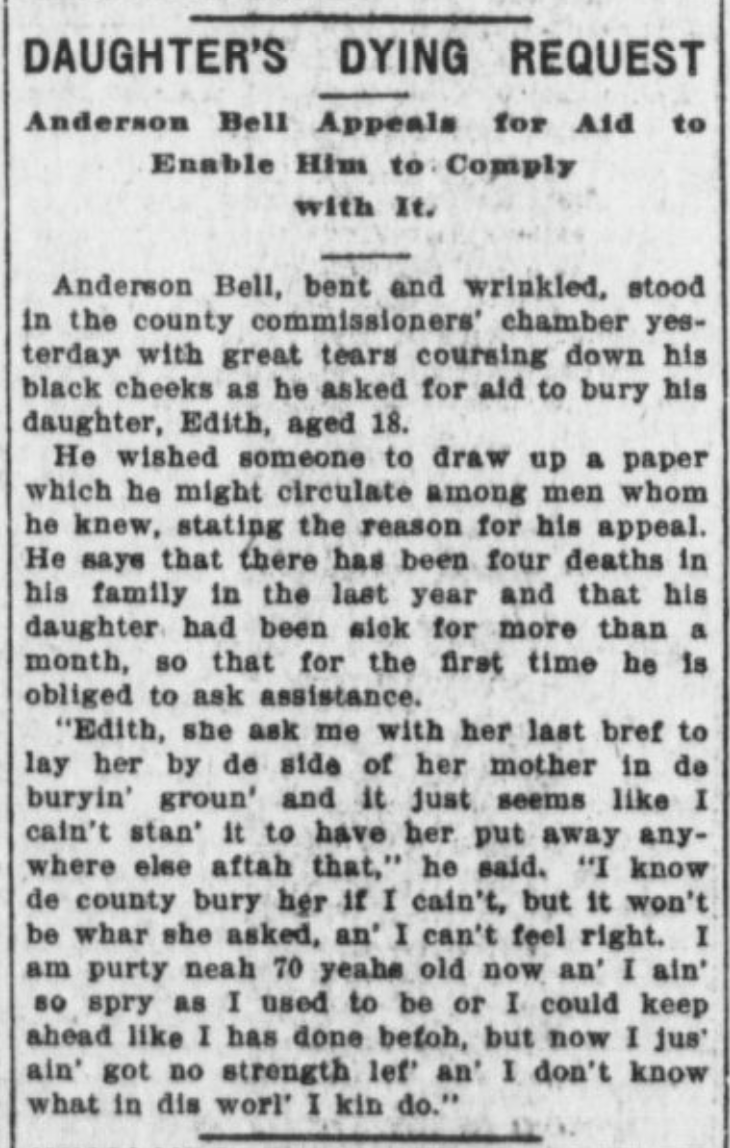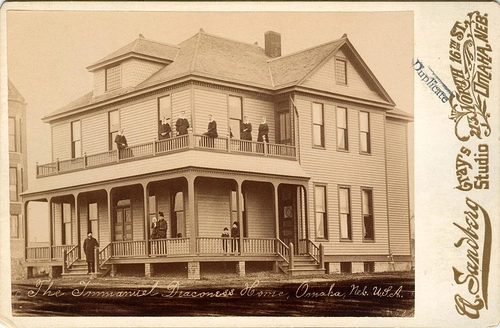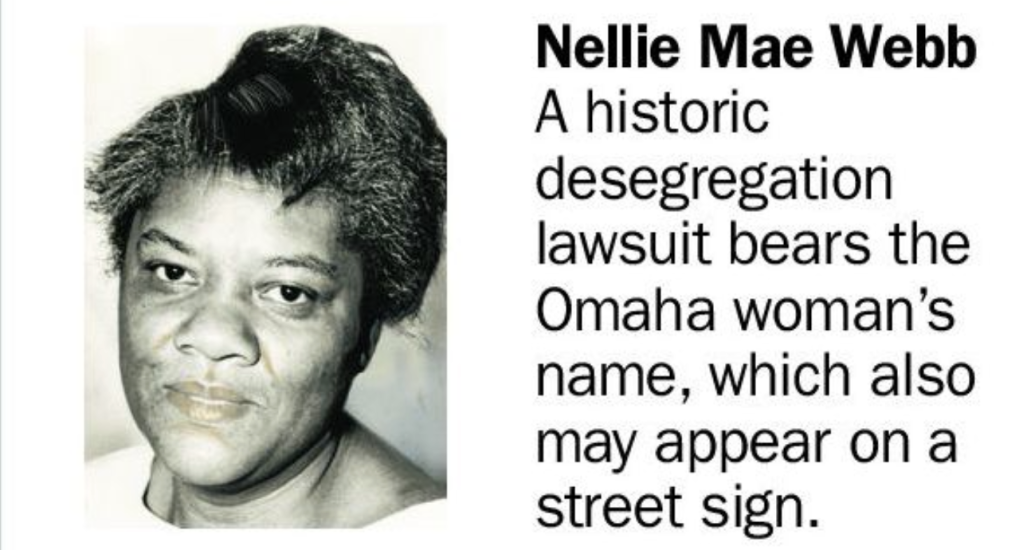After the Civil War, hundreds of formerly enslaved people moved to Omaha. Some were soldiers in the U.S. Army during the war, and shared the fight during their lifetimes in the city. This is a biography of Anderson Bell (1838-1903) of North Omaha.
Anderson Bell was born into slavery on March 9, 1838 on a plantation near Jackson, Mississippi. He escaped his kidnappers and made his way to Missouri where he joined the U.S. Army in March 1863.
In the Army, he was an infantryman in Company B of the segregated 57th Regiment of the Colored Infantry during the Civil War.

This unit served in Arkansas throughout the war, around Little Rock, Duvall’s Bluff, and Ft. Smith. They stayed in Ft. Smith for 18 months afterwards, and Bell left the Army in December 1866.
Anderson Bell came to Omaha right after the war, then moved to Iowa. He might have married Catherine Miller in Omaha in 1867. After living in Iowa for more than a decade afterwards, Bell came back to Omaha in the 1870s. In 1880, his horse was killed by the Omaha City Marshall for having a disease called glanders.
In 1895, the newspaper reported Anderson Bell started receiving a pension from the US government for his military service.
In 1901, he was featured in the paper when he and another ex-slave named John Alexander got together and talked about slavery and the Civil War. They were arranging for their children to get married when they told the judge they had both fought in the war. Bell said he lived on a plantation in Mississippi and he was the property of “Colonel Bell.” The judge reported the story to the Omaha World-Herald and they published it as a human interest story.
According to the Omaha Bee, Anderson Bell lived at 9th and Fort Street when he died on February 24, 1903. His daughter Edith, who he took to the judge to get married in 1901, died just a year earlier. Right after she died, Bell went to the Douglas County Commissioners to beg them to help him get Edith buried next to her mother at Forest Lawn Cemetery. Recently, Omaha history detective Michaela Armetta found that the mother and daughter were buried together.
Pvt. Anderson Bell was buried in the Civil War section of Forest Lawn Memorial Park, with his gravestone shown above. There are no other markers, memorials, or acknowledgments of his service or life in Omaha today.
Special thanks to Michaela Armetta for inspiring and researching for this post!
Please reply to this post if you have any additional information about Anderson Bell, the Bell Plantation in Mississippi, or Black veterans of the Civil War in Omaha.
You Might Like…
Elsewhere Online
- Anderson Bell (1838-1903) on findagrave.com
- Edith Bell (c1886-1902) on findagrave.com
BONUS







Leave a comment